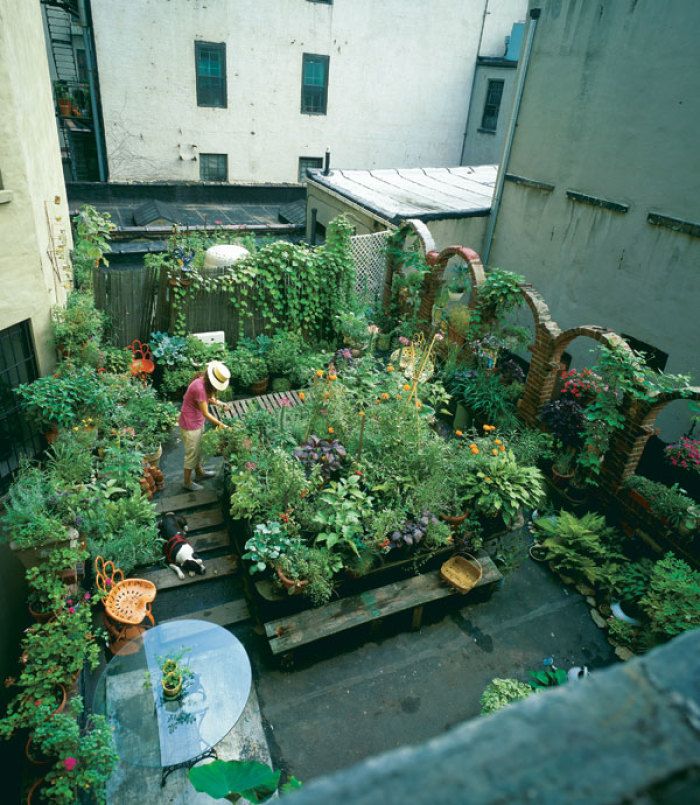
by Joan Bankemper
August 1997
from issue #10
New York City. An urban jungle of asphalt and concrete. Imagine my delight when, in the neighborhood called Little Italy, I found a second-floor apartment that had access to an adjoining roof. Along one side of the roof were six brick pillars with arches. I immediately felt the presence of some old Italian mason who must have laid up the arches years ago. Perhaps he grew grapevines on them.
The sunny roof and arches inspired me to grow a pot of basil. Soon I would be eating my own pesto sauce. It seemed so innocent at first, but once I got my hands into the dirt, I couldn’t stop with just one container. I had gotten the gardening bug.
Affordable beauty
It was clear I had to have a garden. As an artist, I needed the garden to be visually delightful, but I also didn’t have a lot of money to spend. When you garden on a rooftop, you’re not starting from a base of natural beauty. Instead of grass and trees and shrubs, I had a tar roof punctuated with vent pipes and a huge exhaust bonnet, all surrounded by concrete walls. But I did have those arches.
So what do you do when you’re on a tight budget and there isn’t an ounce of dirt on hand, but you want to grow all those herbs, vegetables, and flowers that you used to when you had a yard? You become a scrounger.
I started by raiding the local nursery’s dumpster, where I found lots of black plastic pots and discarded dirt. On the streets of the city I found plenty of interesting objects that could be used as containers—an old sink; empty 5-gallon spackle buckets; discarded fan covers that, lined with moss, would become hanging baskets; and wooden wine crates. It felt good putting things to use that had been pitched as valueless rubble. Spruced up and planted, my collection of found objects added a unique beauty to my rooftop garden.
I like the idea of mending and recycling, and I often use it in my art. I thought that I could add some additional color and variety to my containers if I made mosaics by gluing broken shards of pottery onto the planters. This way I could get inexpensive containers that fit my aesthetic. Before I knew it, my garden was becoming a paradise, probably the way the old Italian mason would have liked it.
A movable feast
Because much of my garden is portable, I get to experiment with different combinations of plants and ornaments, as well as with the light and conditions that change as spring moves into summer. Another advantage is that when I find a diseased or insect-ridden plant, I can isolate the patient.
Like all kitchen gardeners, I think there’s nothing better than harvesting my own salad or eating the vegetables I’ve grown myself. Lettuces and salad greens are very satisfying to grow in containers. Because the roof heats up much sooner than the ground, I’m able to start my lettuces in the earliest part of the spring. As the weather gets warmer, I move the containers to a shadier area to delay bolting. Other good early crops are chard, onions, snow peas, and strawberries. I also grow herbs and edible flowers like nasturtiums, pansies, and ‘Lemon Gem’ marigolds.
For tomatoes, I recommend ‘Rutgers’, with medium-size fruit, or the cherry variety ‘Tiny Tim’. Both do well in containers. I stay away from the big-fruited varieties, which demand lots of root space. I love eggplants as much for their looks as for the harvest. They’re easier than tomatoes to grow in containers because the plants aren’t as big nor as thirsty. Green beans are a standard crop for me. I grow pole beans, three to a 5-gallon pot, trained up a bamboo tepee. And yes, I grow grapevines, although I’ve never gotten them to flower and fruit.
Rooftop challenges
The first hurdle is access. The logistics of getting everything I use—pots, plants, soil, benches, lumber—to my garden location can be a little tricky. I have to negotiate a steep, narrow staircase up to my door, carry the stuff from one end of my apartment to the other, and then out through a door in my bathroom, stepping over a 1-ft.-high water barrier.
A light, fertile soil mix is crucial. To minimize the burden on the roof, I use a lightweight soil mix. Even so, all those pots and boxes can get heavy. So to protect the roof from damage, I distribute the weight by putting boards or pieces of plywood under the containers. Boards laid in the pathways also give me something to walk on when the tar is hot and squishy in the summer.
My potting mix is a blend of equal parts top soil, peat moss, dehydrated cow manure, and sometimes vermiculite. I combine it all in a plastic concrete-mixing tub. In its first two years, my garden had a sparkle that I found I couldn’t maintain with chemical fertilizers alone. So to renew the luster, every spring I bounce up the old medium by dumping it in my mixing tub and adding new soil, peat, and manure.
I tried composting on my roof, but that invited rodents, and indoor worm composting kept dinner guests busy swatting flies. Now I go to the local community garden for compost, which I use as mulch.
Water daily and fertilize often. Remember, the conditions out there can be fierce. In the summer, a city roof can become a tar beach, with relentless baking sun, drying winds, and no cool dark soil to hold in moisture. Daily watering is a necessity. Even on rainy days, I can’t just assume my plants are actually getting enough to drink, especially when their leaf canopies get large. Fortunately, I have a hose hookup just inside my bathroom. If you’re thinking of starting a roof garden, consider your water source. If you don’t have a hose spigot, your garden will be limited to what you can keep going with a watering can.
I prefer to water in the early morning, which allows the plant leaves to dry by evening. This prevents mold and fungus from forming on the foliage. Sometimes during the heat of summer I have to water a second time, in the evening. When this happens, I make sure I water after the plants have cooled down some, and I’m extra careful not to wet the foliage.
I’m equally diligent about feeding because nutrients are flushed out of the soil every time I water. I use Osmocote, a timed-release fertilizer, when I pot up seedlings or sow seeds in the containers. Then, three or four weeks later, I begin boosting the plants with Miracle-Gro every two weeks. After transplanting, I use Roots, which helps heal the roots and keep the shock of transplanting to a minimum.
A Garden is for sharing
Despite being in the city, I find that helpful insects like ladybugs and lacewings come to visit my garden. I also get lots of birds, including hummingbirds, cardinals, and mourning doves. If I notice the birds starting to eat my plants, I put out fake snakes made from bent branches painted green. Every day or so I move the snakes to make them more real for the birds.
I have people visitors, too. I love seeing how a garden can nourish souls as well as bodies. The rooftop has been the setting for some great dinner parties. I’ve watched staunch intellectuals from the art world, surrounded by plants, their faces lit by the glow of the votives hanging on the walls, gradually relax and become human.
And sometimes, when I seek solace in the garden at day’s end, I know I’m not alone. I feel the presence of the old Italian mason. I hope he’s happy with how his garden looks. I hope he’s saying to himself, “Che bel giardino!”

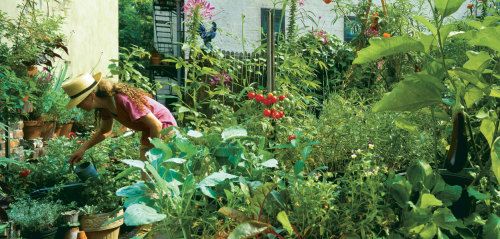



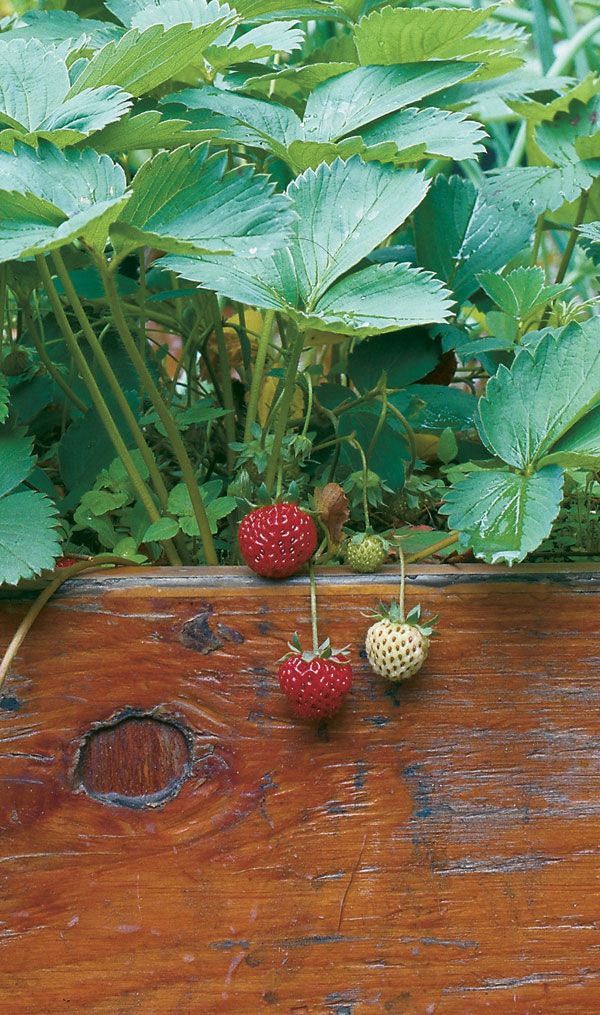
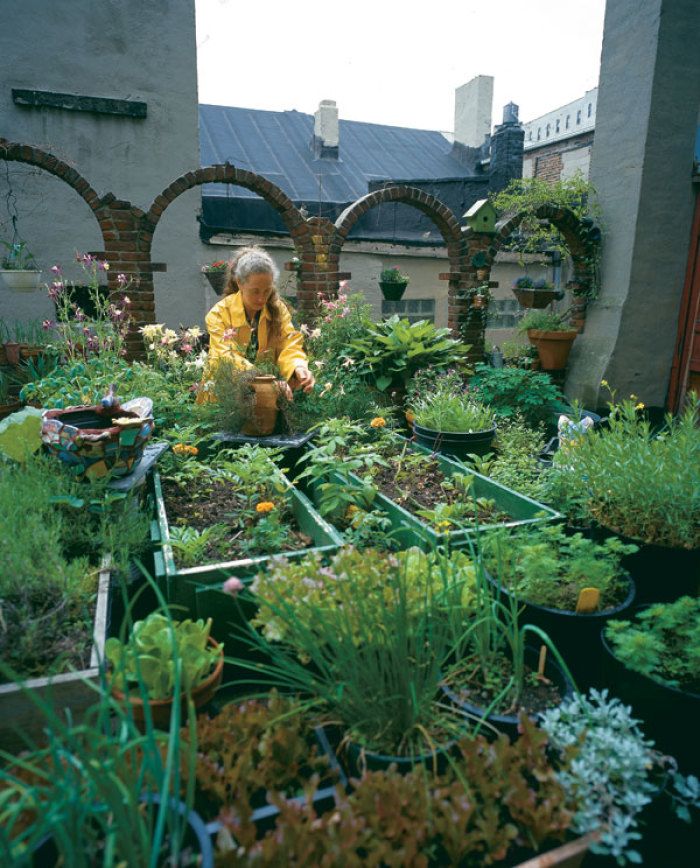
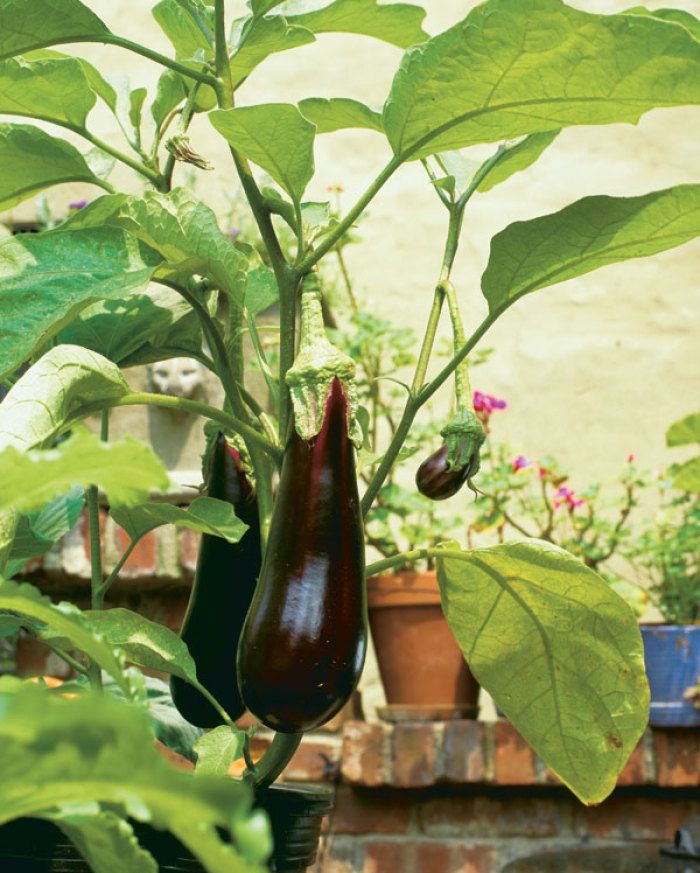


















Comments
Log in or create an account to post a comment.
Sign up Log in